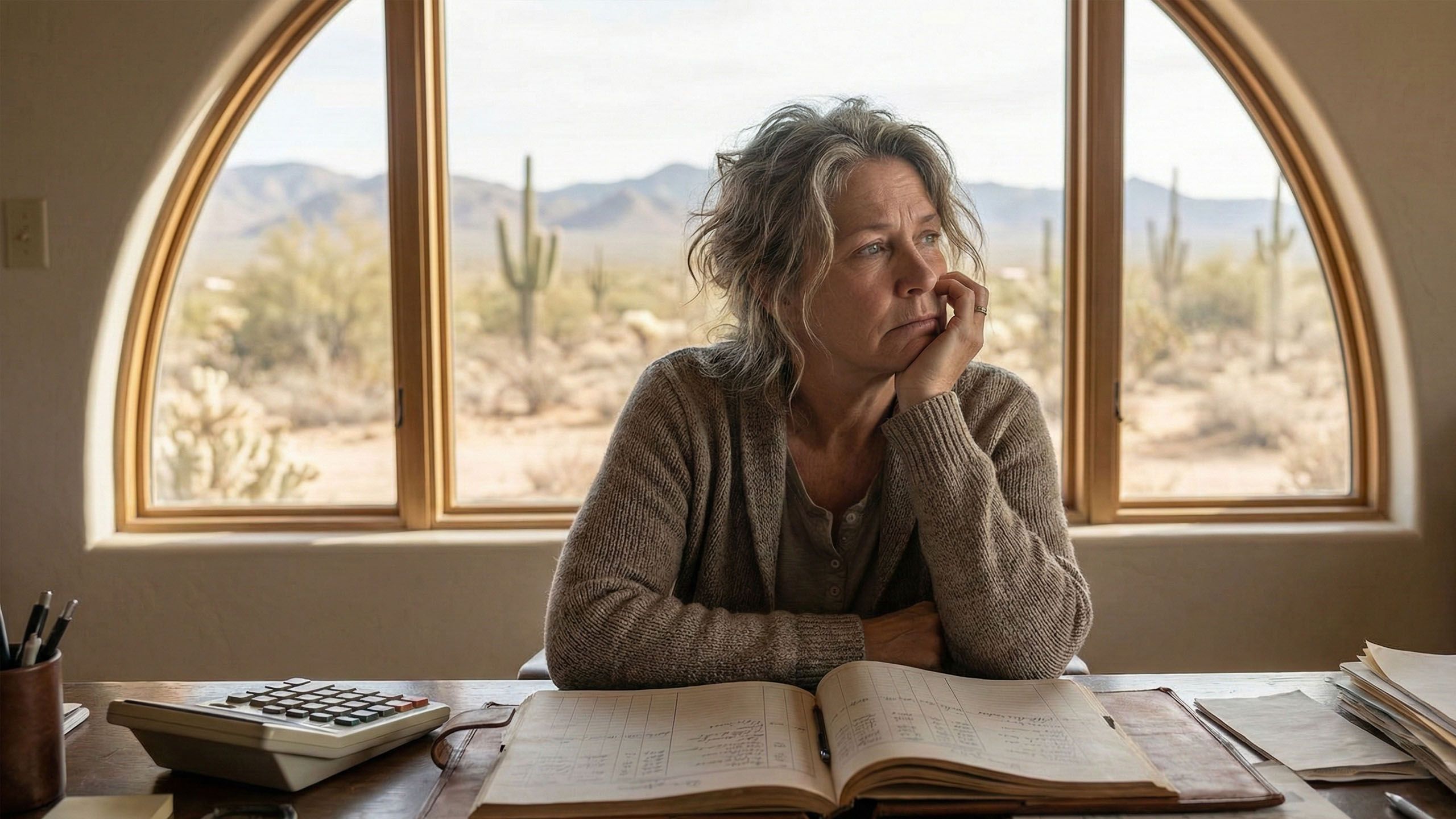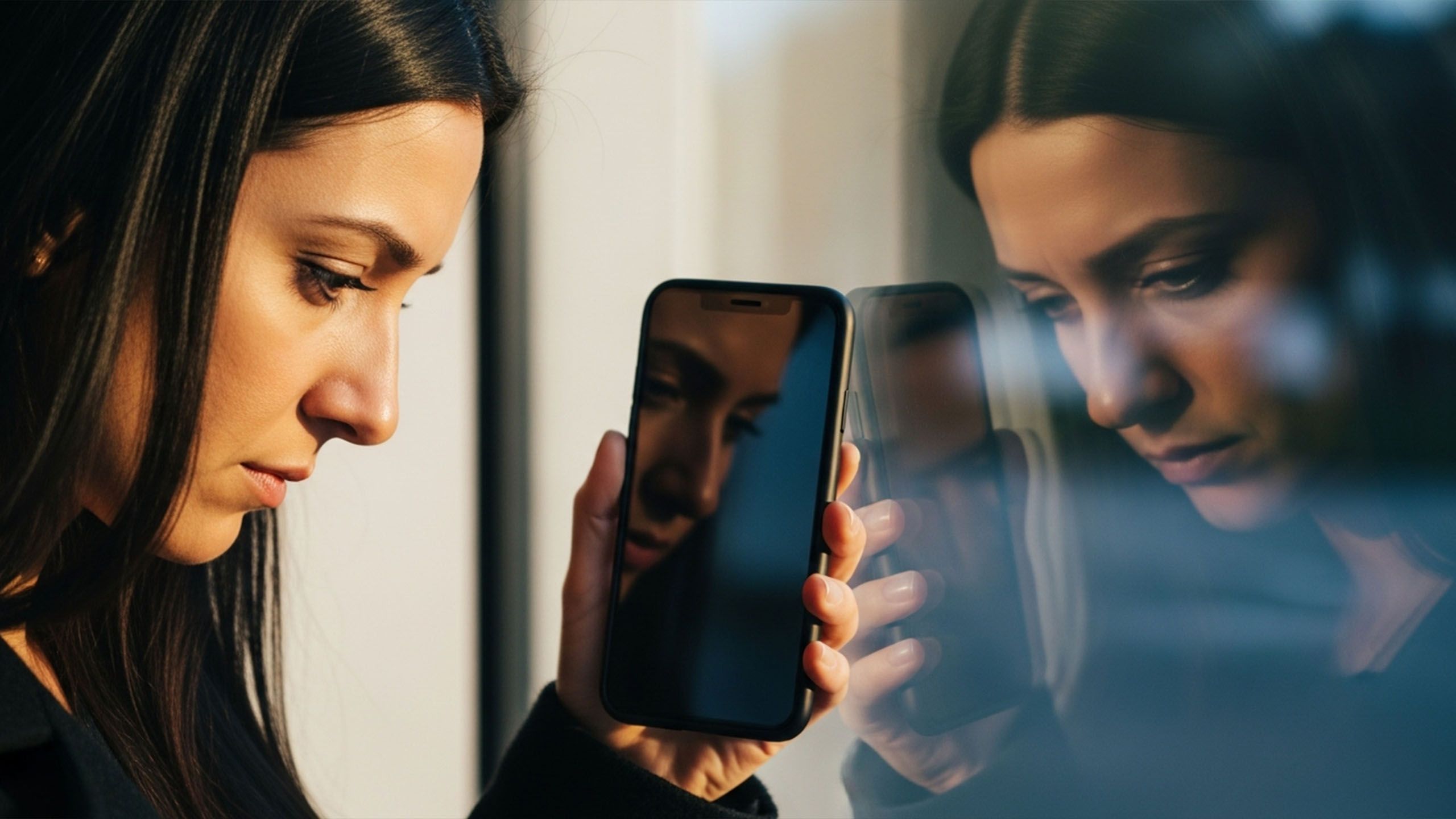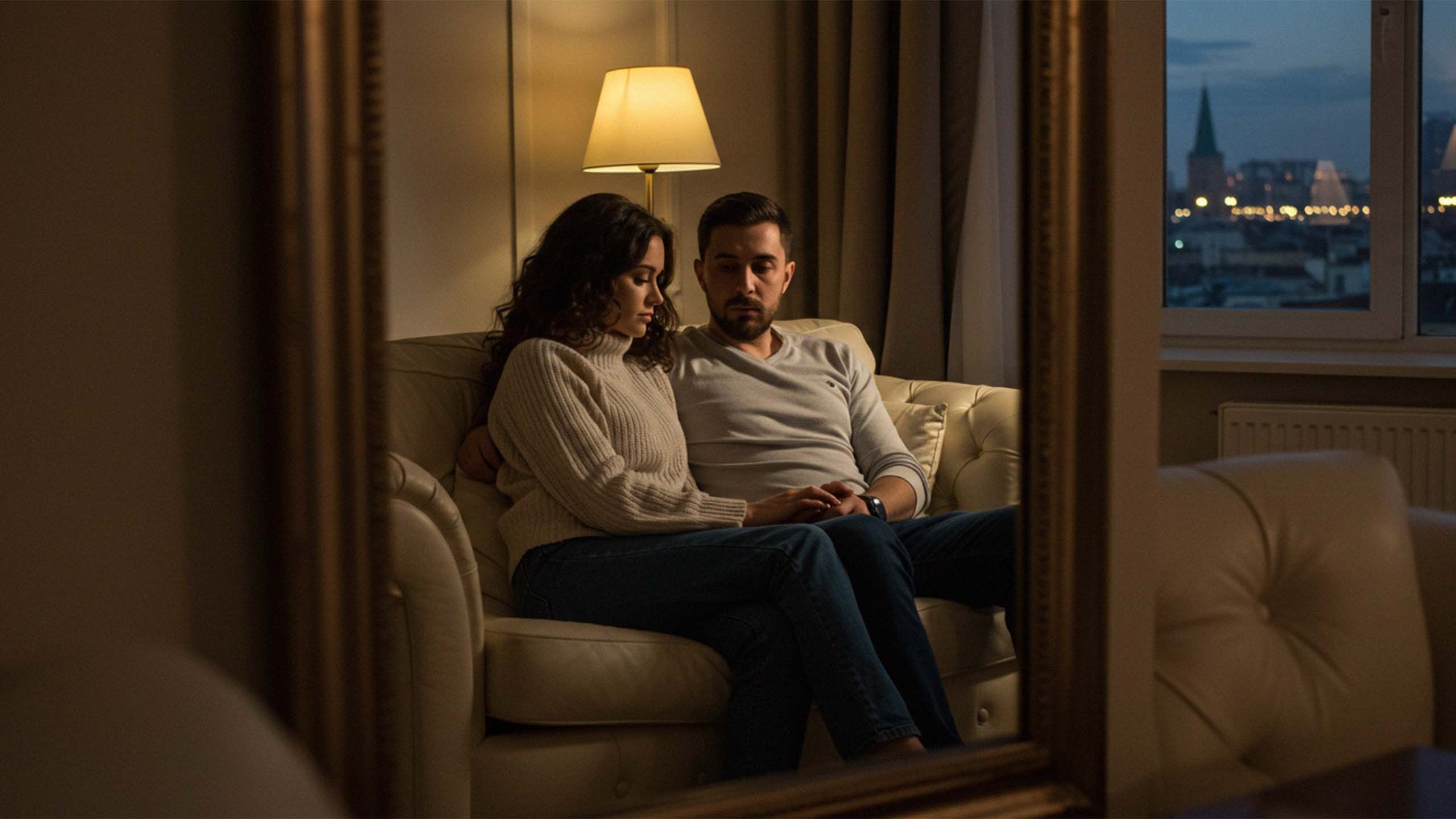
Cultural Blueprints for the Imagination

We often think of creativity as a lightning strike—a mysterious, uncontrollable force that visits a lucky few. We wait for the muse, we chase inspiration, we lament our creative blocks as personal failings. But what if our very definition of creativity is just one model among many? What if the way we create is less about a universal magic and more about the cultural blueprint we’ve been handed?
Examining how different societies nurture artistic expression reveals that the act of creation is not a monolith. It has different rules, different goals, and different origins depending on where you are in the world. Understanding these varied approaches can do more than satisfy curiosity; it can offer new pathways for our own imaginative lives, especially when we feel stuck in a rut.
Consider, for example, the Japanese concept of shokunin, the master artisan. In this tradition, creativity is not born from a sudden flash of disruptive genius, but from a lifetime of dedicated, incremental refinement. The master potter or woodworker achieves a state of creative flow through discipline and a profound connection to their materials. Innovation happens slowly, as a subtle improvement on a time-honored form. This philosophy is often paired with wabi-sabi, the appreciation of beauty in imperfection and impermanence. A slightly asymmetrical tea bowl or a piece of pottery repaired with gold—a technique known as kintsugi—is considered more interesting and beautiful for its flaws. This perspective suggests that creativity doesn't have to be about achieving flawless perfection; it can be about mastery of a process and finding grace in the incomplete.
This stands in stark contrast to the romanticized Western image of the lone, tormented artist. From Beethoven to Van Gogh, our stories often celebrate the individual who breaks from tradition, channeling a unique inner vision against the grain of society. Here, creativity is a deeply personal, often isolating, act of self-expression. The goal is originality, a radical break from the past. Inspiration is an external force—the muse—that must be captured. This model champions the groundbreaking idea and the singular vision, but it can also place immense pressure on an individual to invent something entirely new, leading to the paralysis of the blank page.
In some Indigenous Australian cultures, creativity has another purpose altogether. Through song, dance, and visual art, artists don't primarily invent new stories but rather channel timeless ones. The Dreaming represents a vast, eternal narrative of creation, and artistic expression is a way to maintain a living connection to that origin story and the land itself. Creativity in this context is not an act of individual ego but a communal responsibility. It is a method of remembering, of belonging, and of ensuring that essential knowledge is passed through generations. The artist is a custodian of story, not its sole author.
Then there is the dynamic, conversational creativity found in traditions like jazz music. Arising from African-American communities, jazz is built on a framework of collaboration and improvisation. While there is a structure—a melody, a set of chords—the magic happens in the spontaneous interplay between musicians. Creativity is a call-and-response, a shared experience that unfolds in real time. It is fluid, responsive, and social. An artist’s expression is both their own and part of a larger, evolving whole. This model shows us that creation can be a lively dialogue rather than a solitary monologue.
Looking at these distinct frameworks—creation through discipline, through individual genius, through communal tradition, and through improvisation—it becomes clear that there is no single "right" way to be creative. These are not just artistic techniques; they are philosophies for how to engage with the world and our own imagination.
Perhaps the next time you feel creatively stifled, the solution isn't to try harder within the same familiar system. The pressure to be a lone genius can be crushing if your nature is more collaborative. The pursuit of perfection can be paralyzing if your best work finds its beauty in the flaws. By recognizing the many blueprints for imagination that exist globally, we can give ourselves permission to build in a new way. We can choose to be the disciplined artisan, the communal storyteller, or the responsive improviser, and in doing so, we might just find that the lightning we were waiting for was within our hands all along, simply waiting for the right design.
— Sloane A.



 English
English  Deutsch
Deutsch  Español
Español  Français
Français 




